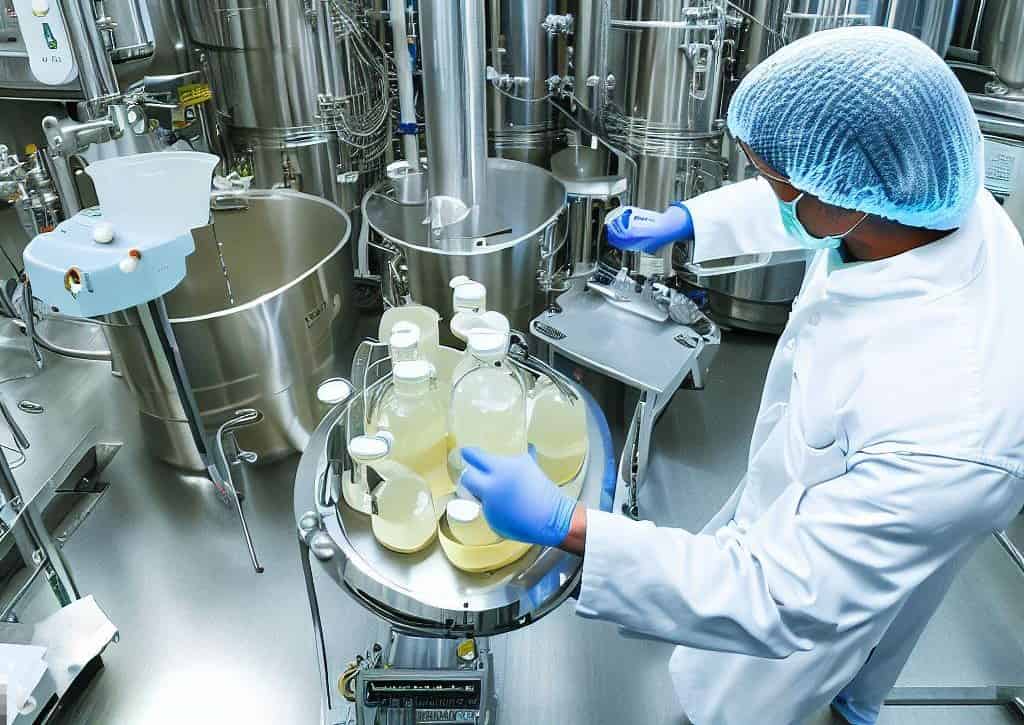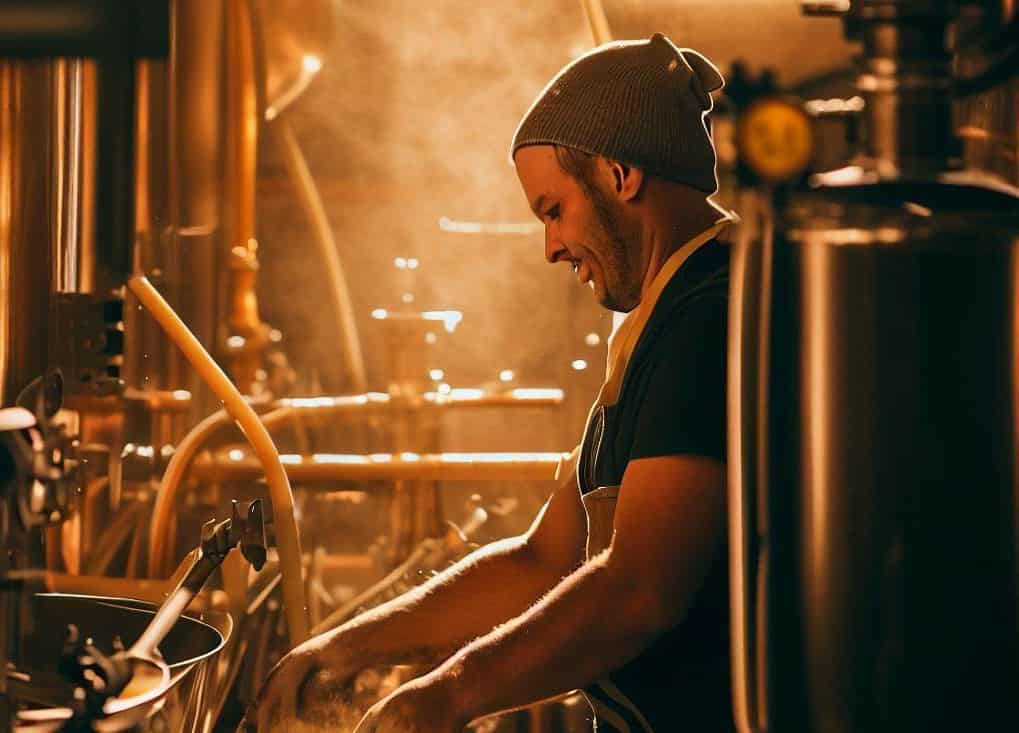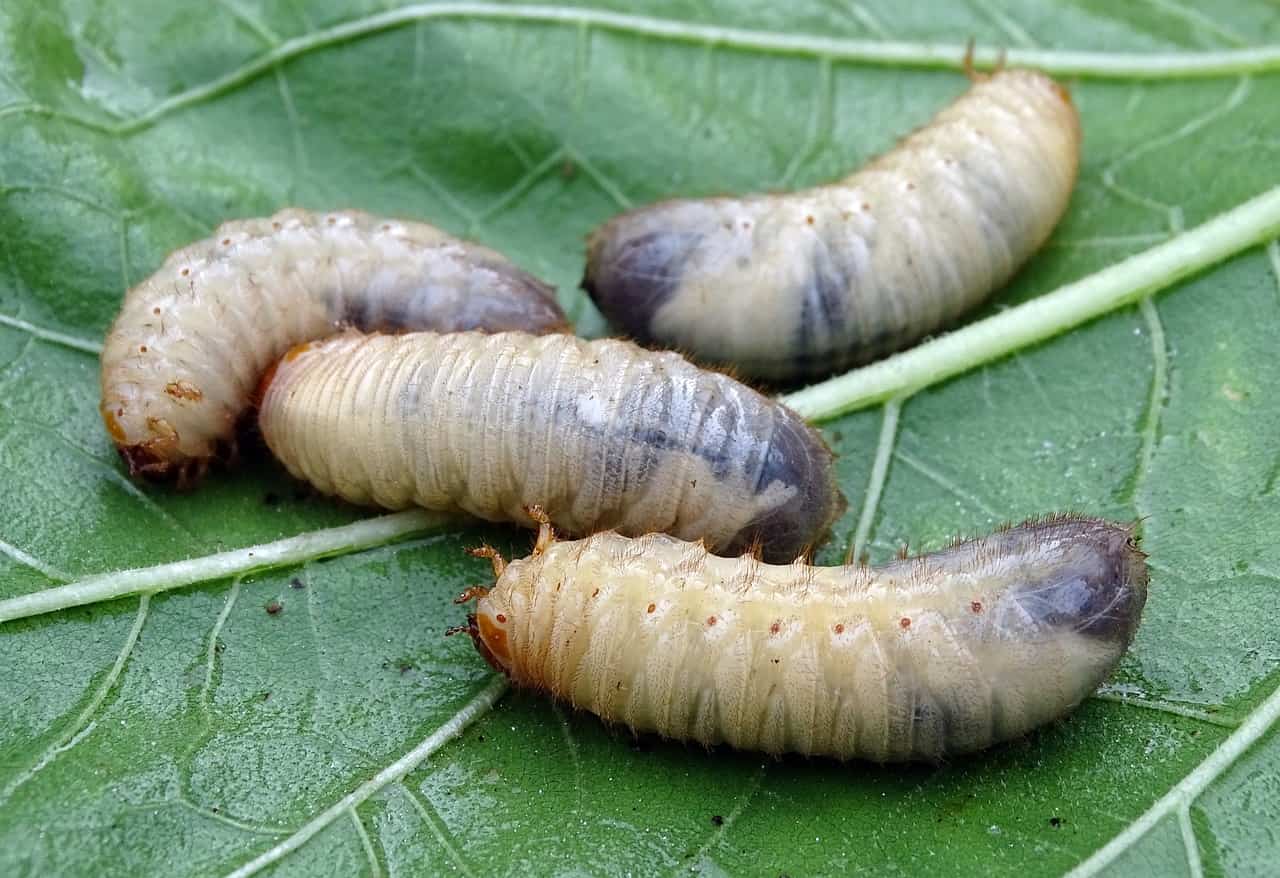
Aarhus University researchers, backed by the Novo Nordisk Foundation and the Bill & Melinda Gates Foundation, have developed a method to convert CO₂ into edible proteins using a bioreactor. Similarly, start-up Arkeon aims to create a sustainable food system by using ancient microbes in a bioreactor to convert CO₂ into food. Both projects focus on reducing animal production, using CO₂-derived proteins as meat substitutes, and making agriculture more sustainable. Aarhus University plans to test the efficiency of its process with a 200-liter bioreactor, while Arkeon is scaling up its technology towards a larger 150-liter reactor. These groundbreaking approaches could revolutionize food production by providing climate-friendly alternatives and contributing to a sustainable food system.
- CO₂ can be converted into food using bioreactors;
- Aarhus university researchers can process it to get tofu out of it;
- Arkeon uses ancient bacteria to process CO₂;
Aarhus University’s three-stage bioreactor
The method developed by Aarhus University researchers consists of a bioreactor with three stages. In the first stage, raw materials such as CO₂, hydrogen, and oxygen are procured. CO₂ is initially sourced from a biogas facility, while hydrogen and oxygen are produced on-site using green energy and electrolysis.
In the second stage, hydrogen and CO₂ are pumped into a microbial reactor filled with acetogens, bacteria that live in an oxygen-free environment. These bacteria transform hydrogen and CO₂ into acetic acid, similar to the vinegar used to descale a kettle. In the third and final stage, the acetic acid is filtered out and pumped into a new reactor containing yeast. When given enough oxygen, the yeast converts the acid into protein, which can be processed into various foods, such as tofu.
Arkeon’s bioreactor: harnessing ancient microbes
Arkeon, founded in 2021, uses a bioreactor containing ancient microbes, known as archaea, that feed on carbon dioxide and produce various amino acids necessary for food. These extremophile microbes thrive in environments with limited food, such as the bottom of volcanoes, and have evolved to efficiently utilize nutrients, including CO₂.
Arkeon’s gas fermentation process in the bioreactor allows these microbes to consume CO₂ in a simple salt solution, using hydrogen as an energy source. The nutrients produced by Arkeon can be customized for various applications, such as clean-label ingredients, alternative protein products, flavors and aromas, supplements, and cell culture media for cultivated meat.

Scaling up and looking ahead
Aarhus University researchers aim to test the efficiency of their process with a 200-litre bioreactor and explore the utilization of CO₂ from other sources, such as power plants and factories. They believe that within two years, they will have enough knowledge to construct large-scale protein-producing factories that could function as plug-ins to CO₂-emitting facilities. This rapid deployment of technology could make a significant impact on the green transition.
Arkeon, on the other hand, has secured financing and is scaling up its technology towards a larger 150-liter reactor. In five years, Arkeon aims to produce ingredients on a large scale, making sustainable food more accessible and potentially exploring other applications for microbes.
Revolutionizing food production
Converting CO₂ into edible proteins offers a promising solution to the challenges of sustainable food production. The groundbreaking work by Aarhus University researchers and Arkeon could lead to climate-friendly alternatives to traditional meat production, reducing the environmental impact of agriculture and promoting a more sustainable food system. As these technologies continue to advance, they have the potential to reshape the global food landscape and contribute to a healthier planet.






